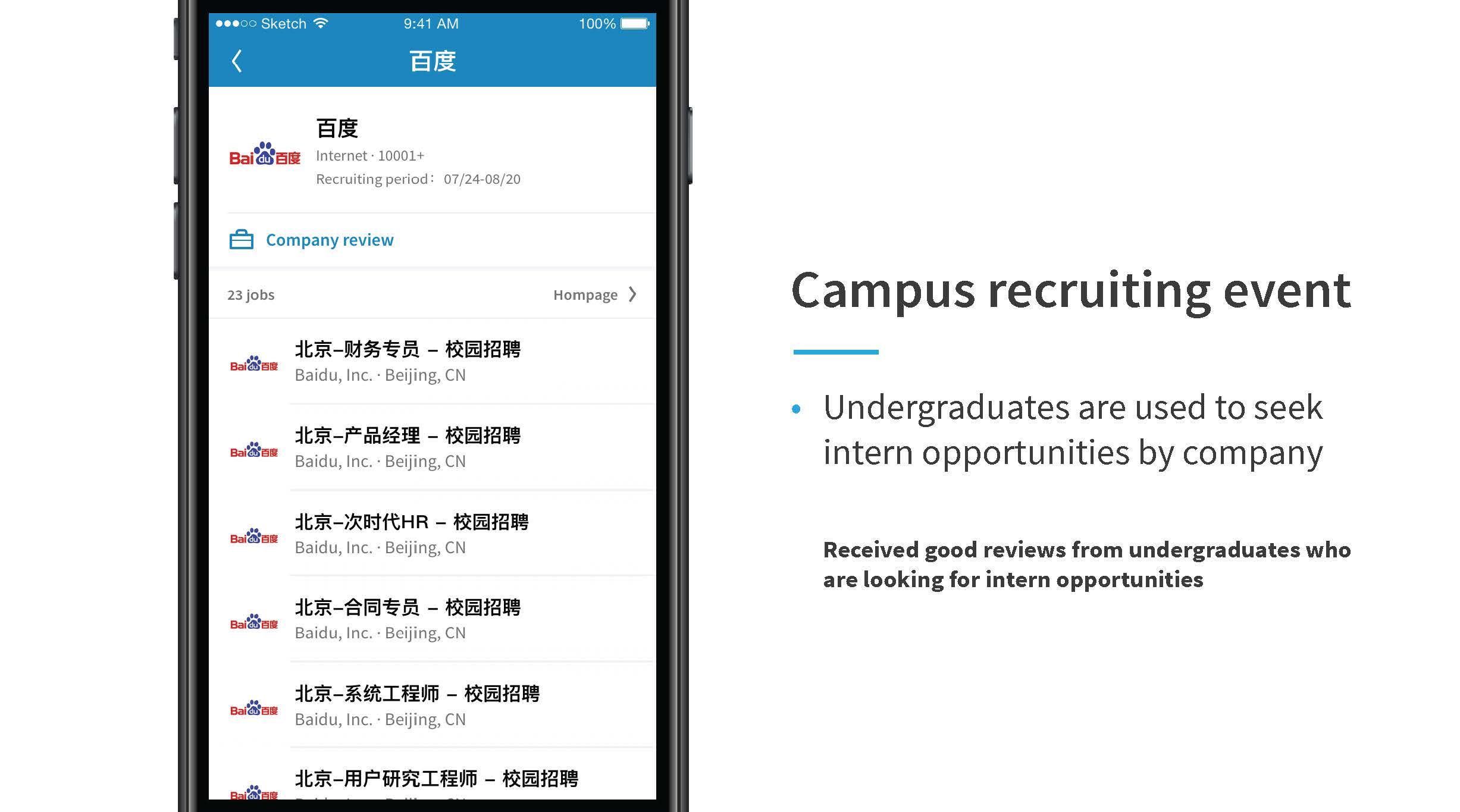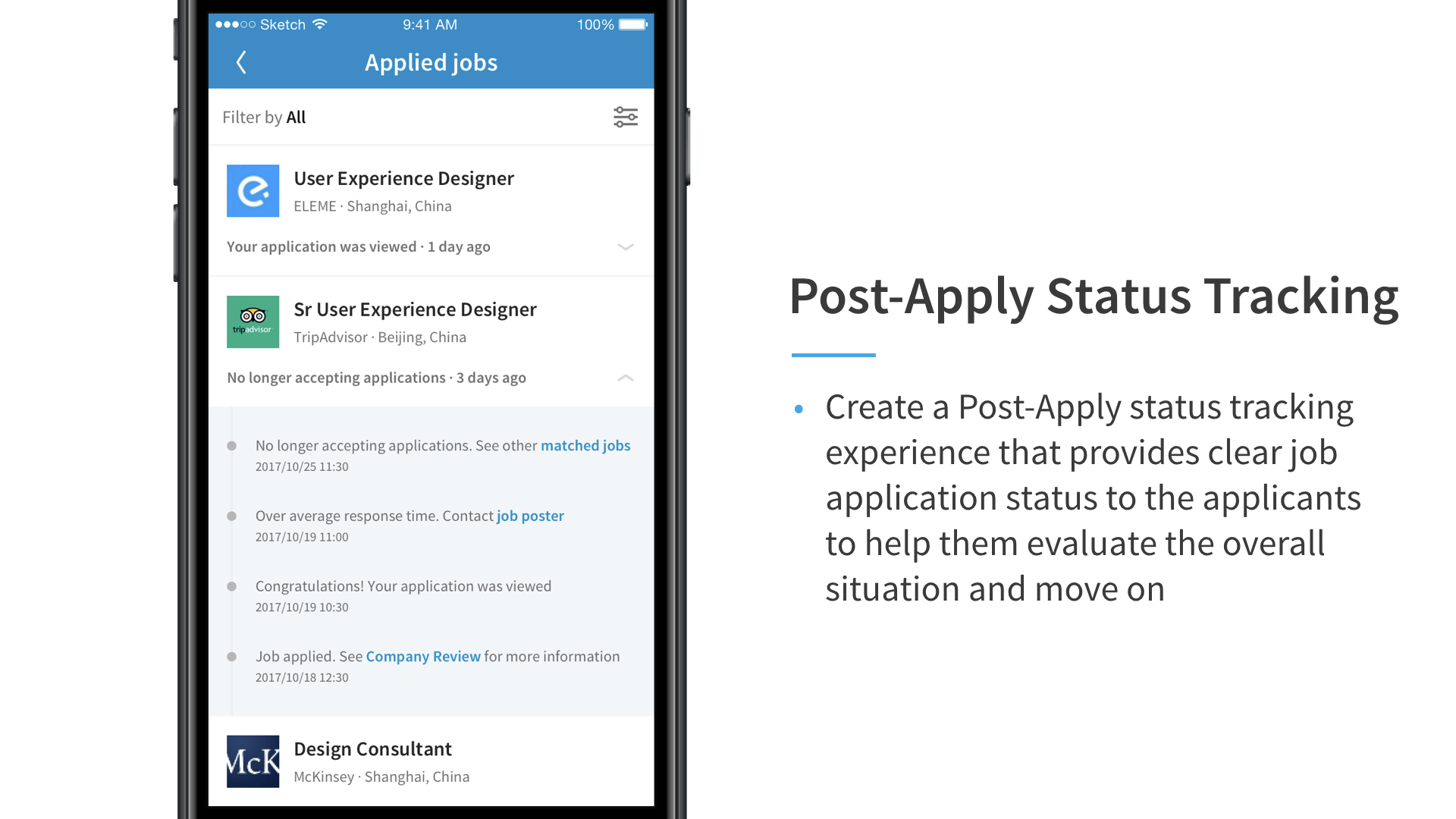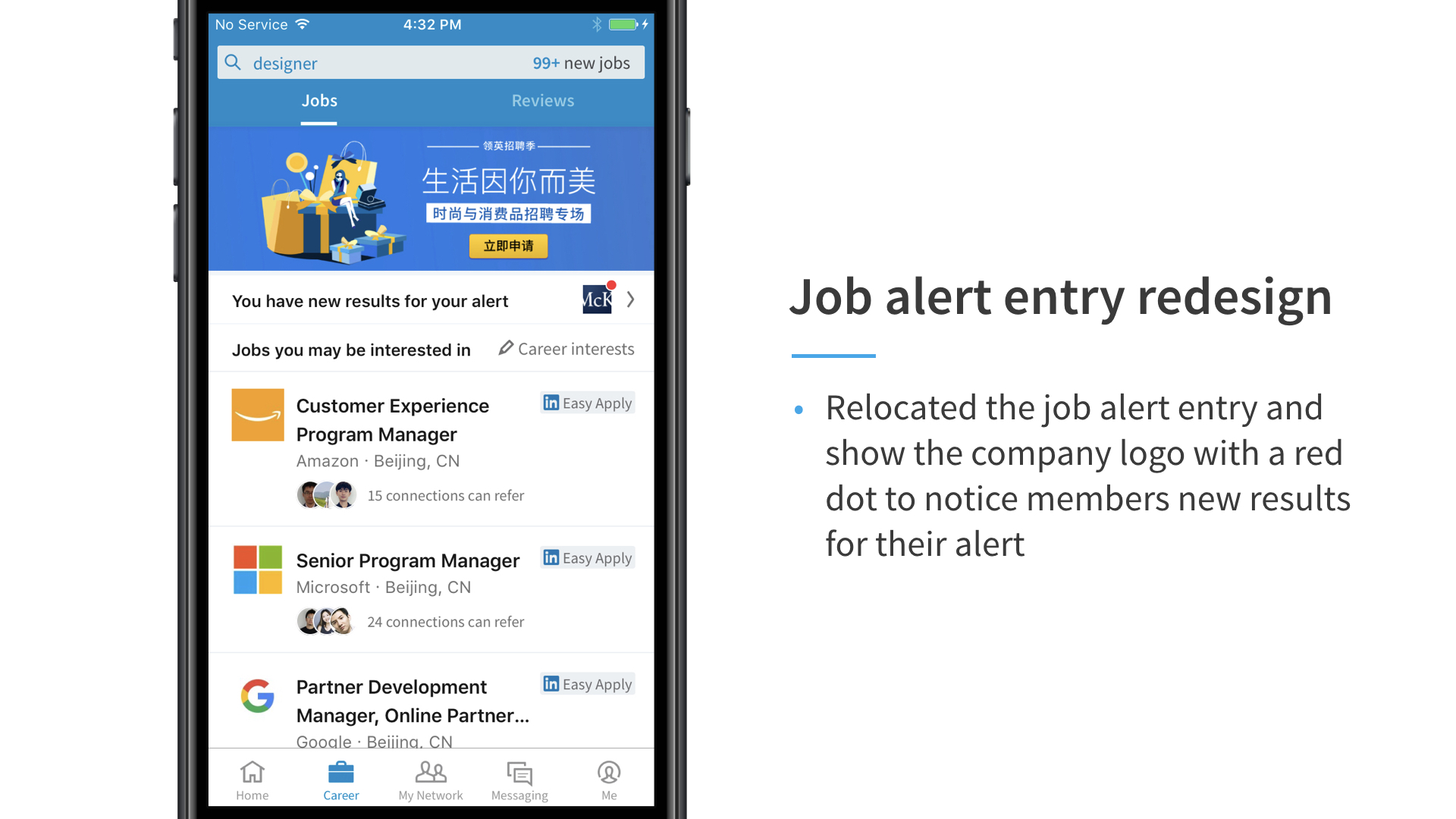-
 Gu Pan
LinkedIn
Senior UX Designer
Gu Pan
LinkedIn
Senior UX Designer
How to improve the user experience of products by data analysis
Linkedin has always been the leader in the field of data analysis in global Internet companies, it has a very complete system of data tracking, data analysis and data evaluation, mature data analysis tools developed independently such as A/B test and data mining. For user experience design, mastering certain data analysis procedures and methods can also help us make decisions and evaluate designs in practical work.
Data analysis turns user experiences from subjective feelings into quantifiable parameters, and builds a bridge between intangible and tangible. The Internet field where data analysis practice is the most active has also developed rapidly, and the fields of data analysis and experience design promote each other and make continuous development. Through data, the scientific and systematic user experience measurement can not only make us have a reasonable basis when designing products, but also help us find and solve problems.
In this workshop, the participants will learn:
1. LinkedIn's requirements for designers' abilities, division of labor and workflow methods
1.1 Data scientists: user interview, market research and data analysis
1.2 Product managers & designers & engineers: output demand
1.3 Low fidelity prototype - high fidelity prototype - usability testing - Design Spec - development - test / design test - grayscale release
2. Share LinkedIn's data analysis systems, tools and methods;
2.1 Waterfall
2.2 Agile
2.3 Lean
3. Introduce the application of data analysis in the whole process of product schemes, interactive design, visual design, design test, etc.
3.1 Observe the performance of each function
3.2 Analyze the user's usage process
3.3 Evaluate the user experience of products
4. Analyze the application of data in design by introducing detailed cases
4.1 LinkedIn's experience in optimizing China: introduction and analysis of related functions such as job hunting and career development
4.2 The application of detailed analysis data in the redesign of position details page
This workshop hopes to help more Chinese practitioners understand the application of statistics in user experience measurement, enrich personal and team skills and improve the user experience of products.
1. Lead-in of the workshop: introduce the functions, division of labor and requirements of LinkedIn’s designers, etc.
2. Theory explanation: introduce Linkedin's data analysis systems and methods
3. Theory explanation: introduce the application of data analysis in the whole design process
4. Case interpretation: explore how to make better use of data to improve the user experience of products
5. Practical interaction: group propositions, design practices and create key data for own designs
6. Summary and review
1. Experience designers/full-link designers/interactive designers
2. Design managers/design supervisors
3. Product managers/design designers
1. Learn about data analysis systems and methods in transnational large-scale Internet companies
2. Learn about the application of data analysis in the whole design process
3. How to use data to improve the user experience of products
-
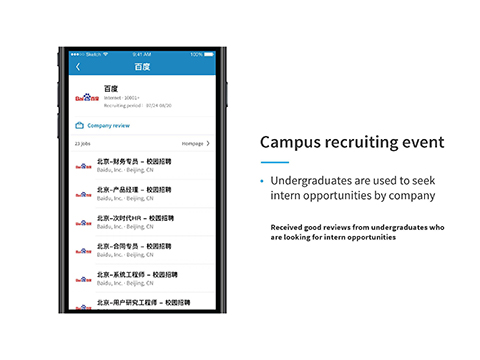 顾盼 - LinkedIn APP- 校园招聘
顾盼 - LinkedIn APP- 校园招聘
-
 顾盼 - LinkedIn APP- 工作状态追踪
顾盼 - LinkedIn APP- 工作状态追踪
-
 顾盼 - LinkedIn APP- 职业详情页
顾盼 - LinkedIn APP- 职业详情页
-
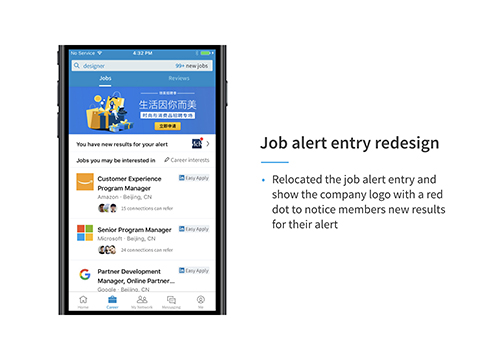 顾盼 - LinkedIn APP- 职业主页
顾盼 - LinkedIn APP- 职业主页






